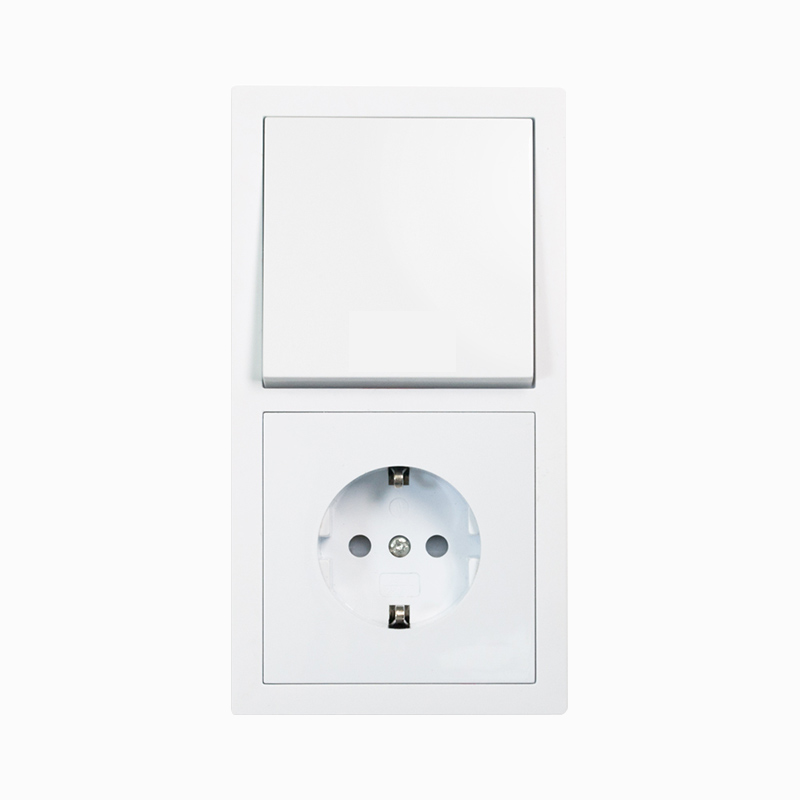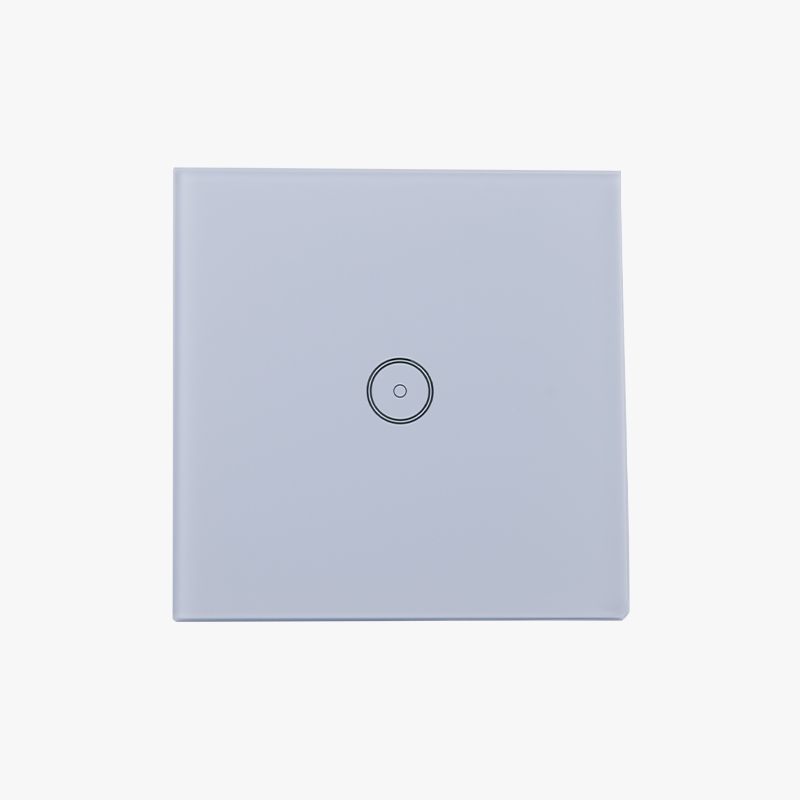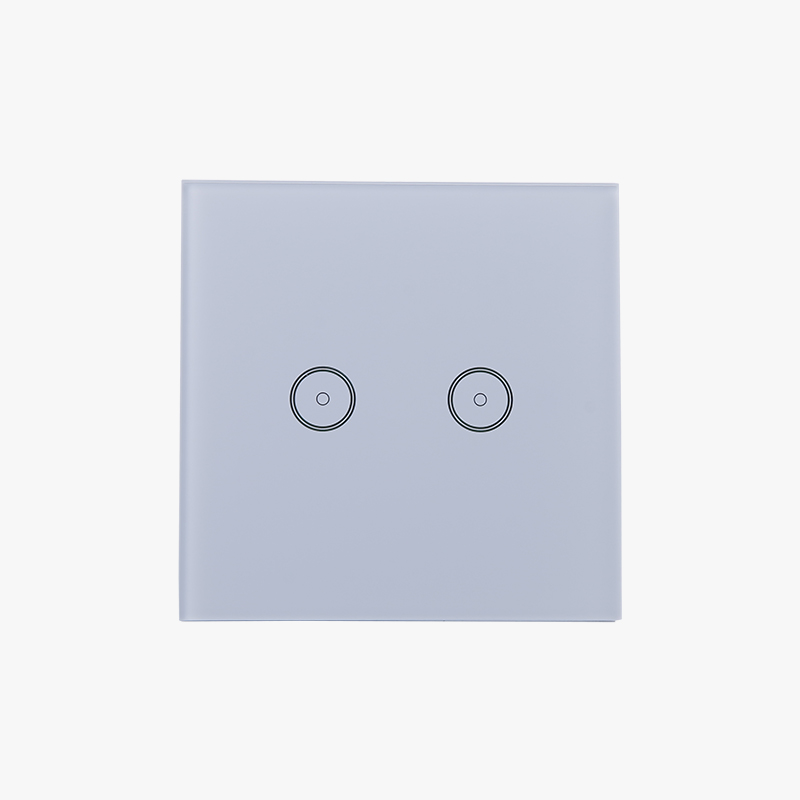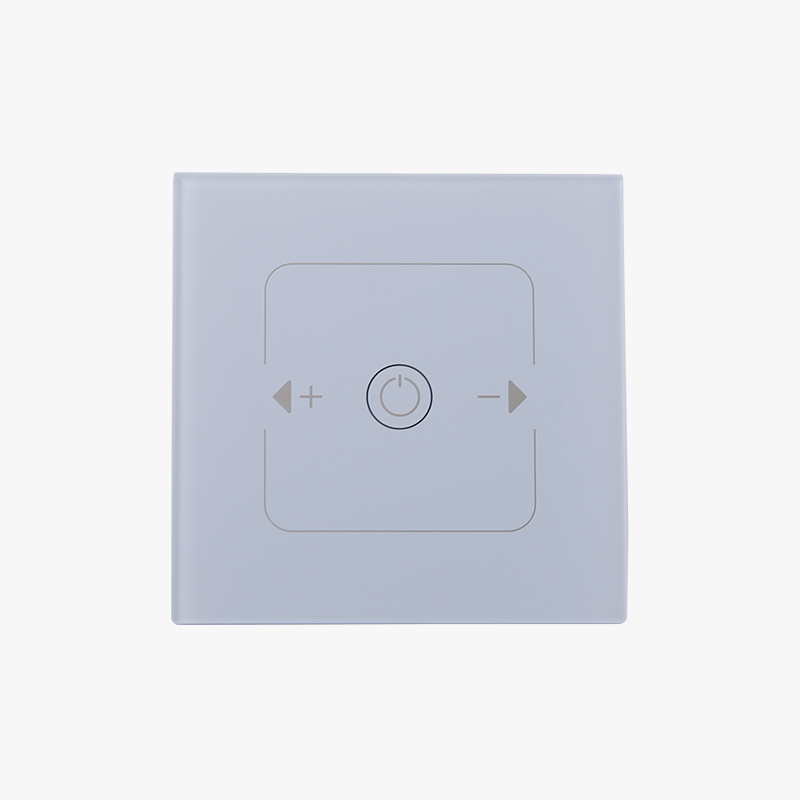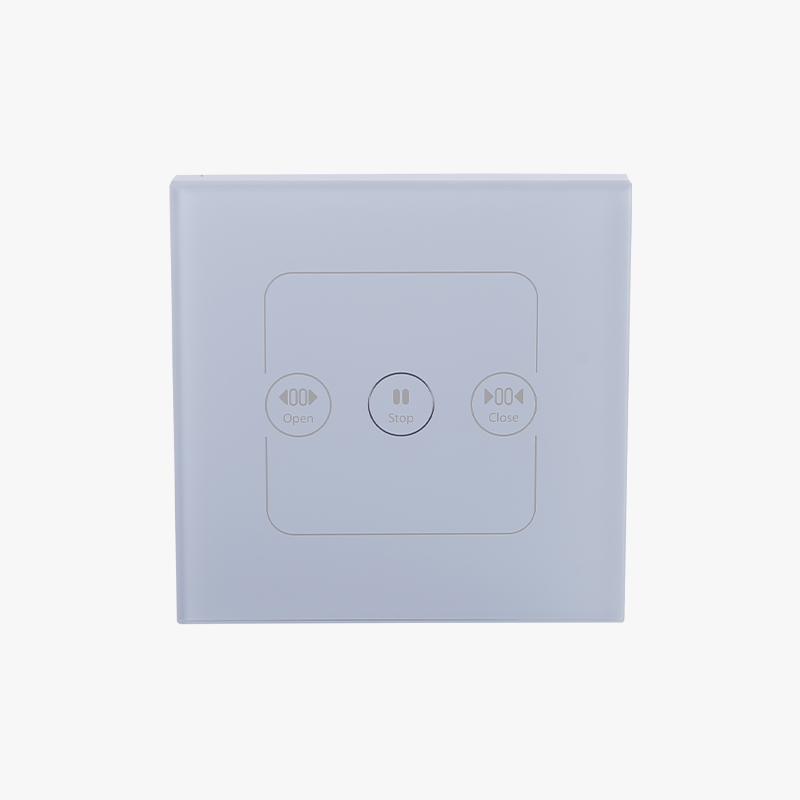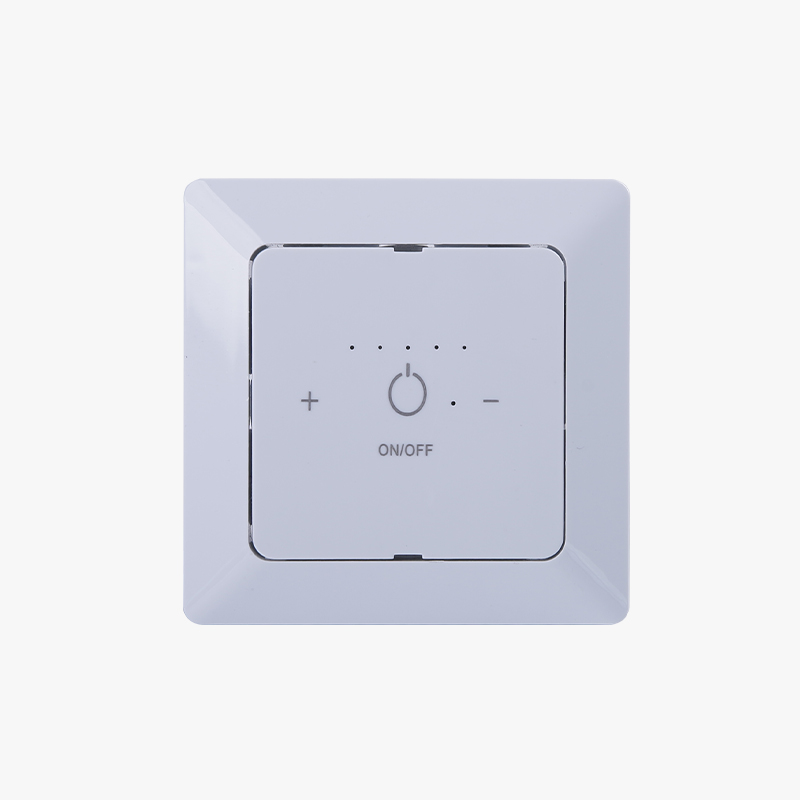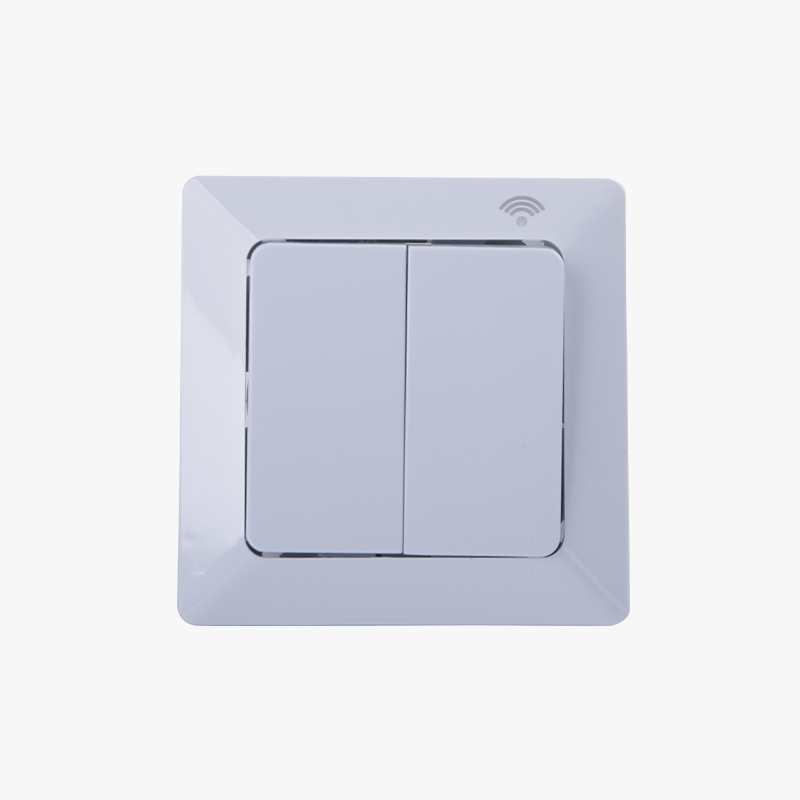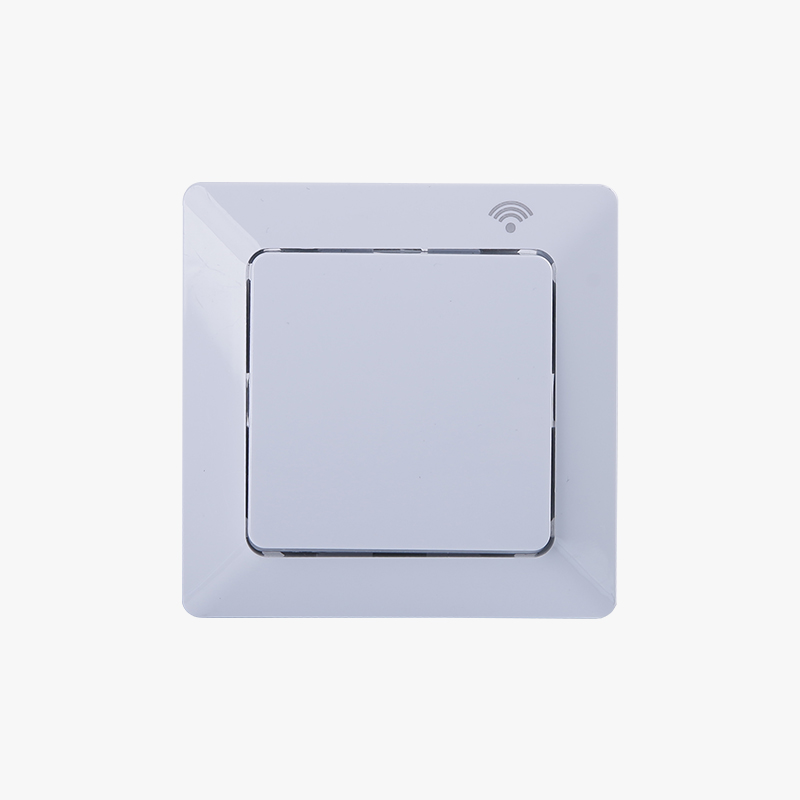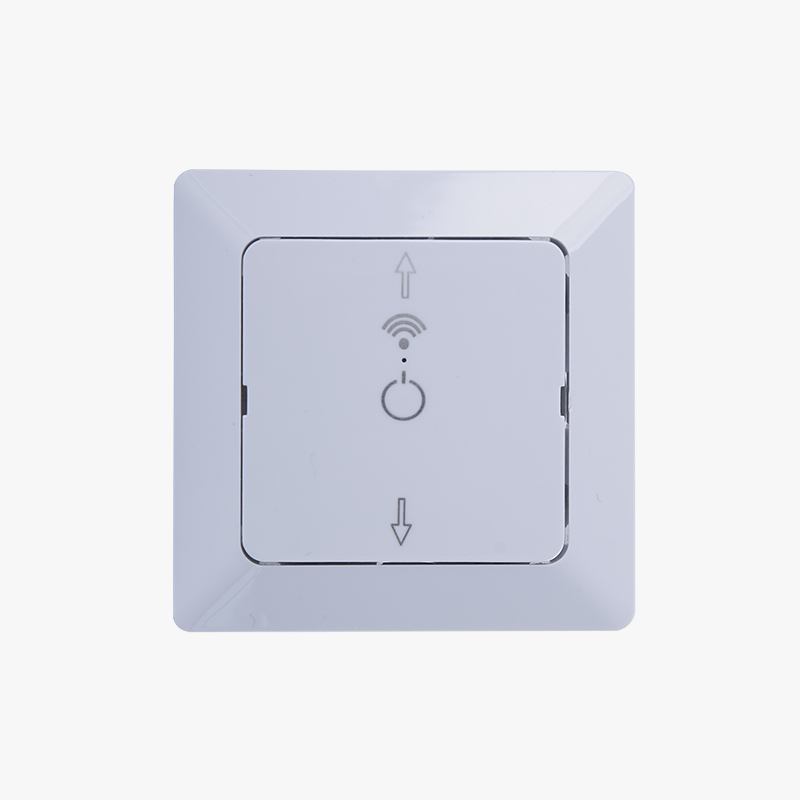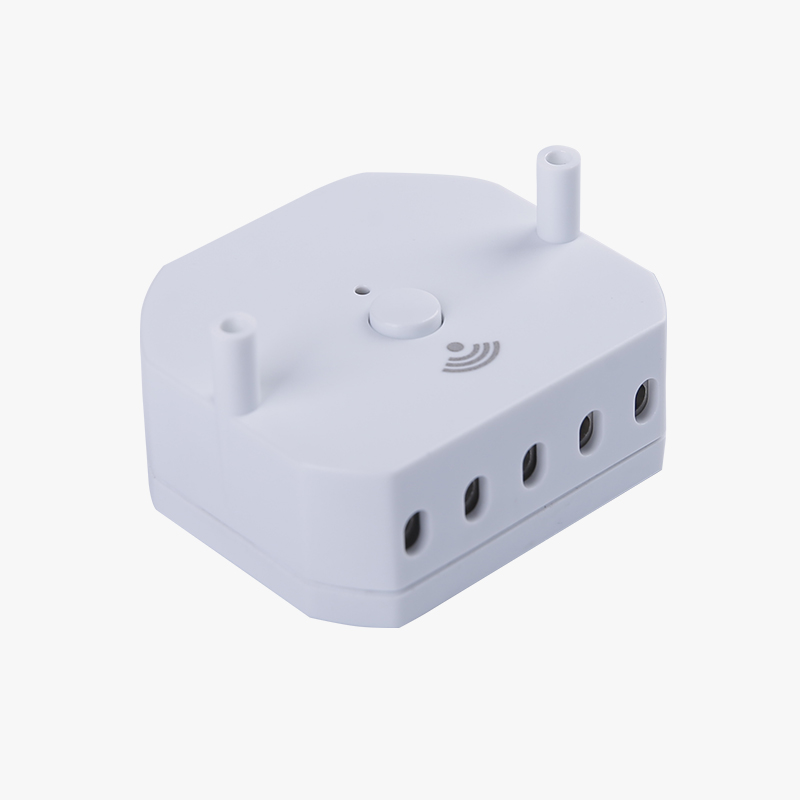A wall outlet is a wall-mounted electrical outlet that provides consumers with a place to plug various electronic products. Wall outlets provide flexibility for connecting power to various components. Some have special features designed for specific applications, such as equipment used in wet environments. Although homeowners may prefer to hire an electrician to do the job, it's often easy to rearrange wall outlets and add more to meet the needs of the home.
The design includes one or more electrical outlets designed to accommodate the most common types of plugs used in the area, with a cover to limit exposure to internal wiring. Older receptacles may not be grounded, while newer receptacles should be grounded according to electrical codes. Some of these include ground fault circuit interrupter (GFCI) technology, which cuts off power in the event of a ground fault. This type of electrical outlet is most commonly used in wet areas where there is a risk of electric shock.
A wall outlet can be connected to a switch to allow people to turn the power on and off. Outlets can also be placed on timers to limit power usage, and can include features such as separate ports for devices that use non-standard plugs. For example, Universal Serial Bus (USB) sockets allow people to connect USB devices to a standard wall outlet for charging without the need for a converter.
The voltage delivered to the wall outlet may vary. Some are designed for appliances such as stoves and dryers, which require higher voltages to operate, and may contain signage alerting people to the different voltages. In other cases, such devices are hardwired directly to the wall. Standard receptacles typically use a standardized voltage common to the area, such as circuits that use 110 instead of 220 in the US to power appliances like stoves. Plug converters and voltage transformers may be required when wall sockets in other parts of the world are used with household equipment.
There are some safety hazards associated with wall outlets. People can shock themselves by inserting their fingers into a wall outlet or by making contact with a bare plug that does not securely fasten the outlet. When the power socket is not in use, it is recommended to cover the power socket with a plastic plug to reduce the risk of electric shock. Power outlets that are not normally used can be powered off to reduce the chance of electric shock.
